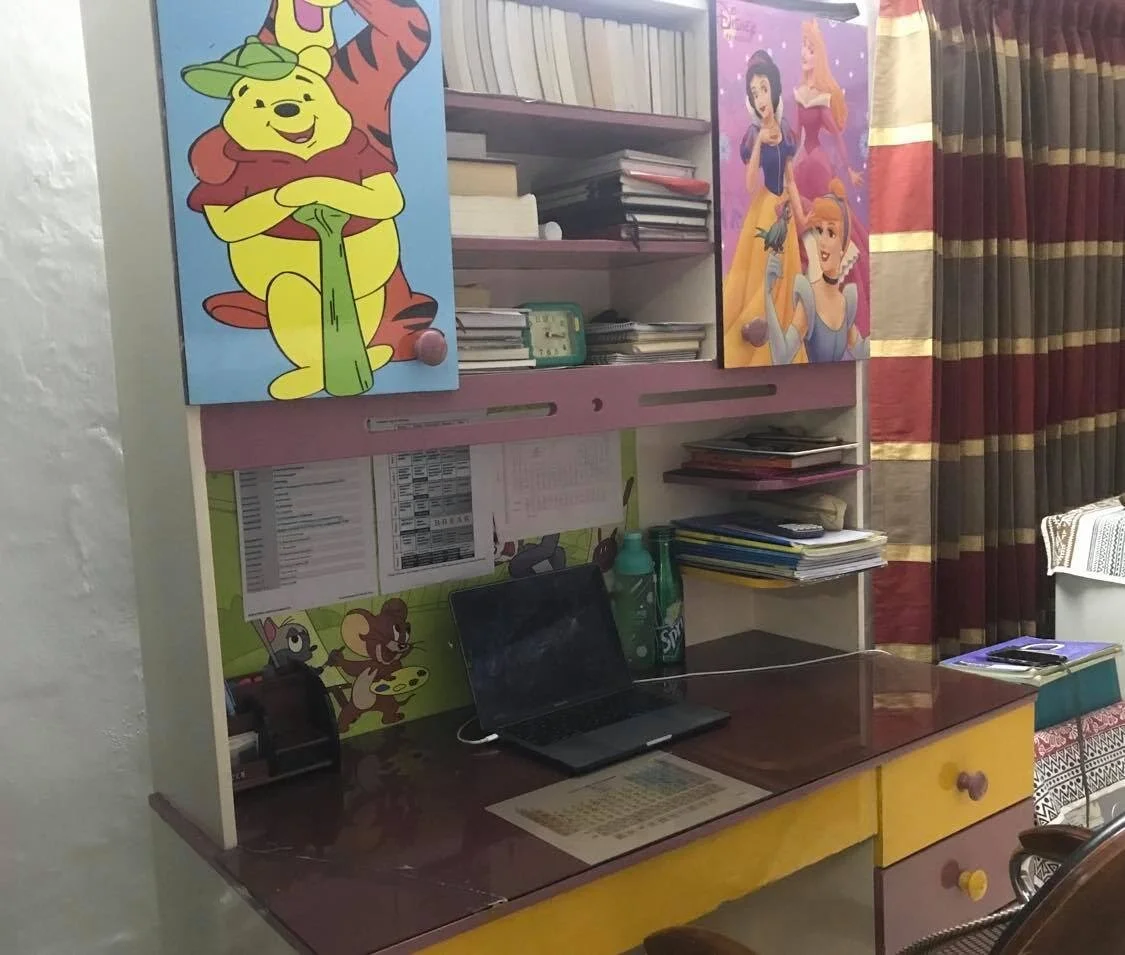Over the past year, the meaning of a normal college experience has changed drastically. What was supposed to be a time of meeting new people and making memories has transformed completely. The online college experience is devoid of interaction with peers beyond an educational setting, which is negatively impacting many students.
Time Zones Most Impact International Students’ Remote Learning Experiences
By Corrine Celupica-Liu ’23
Staff Writer
In response to the COVID-19 pandemic, Mount Holyoke announced the implementation of the Flexible Immersive Teaching model as a means of academic instruction for the 2020-2021 academic year. This model, as explained on Mount Holyoke’s “Opening the Gates” webpage, emphasizes synchronous classes to “ensure an immersive experience and inclusive excellence,” offering courses from 8 a.m. to 10:30 p.m. EST so that “students in different time zones across the world can participate.” While the entire Mount Holyoke community has had to adjust to this new model of instruction, international students have faced unique challenges and experiences due to widely diverse geographic circumstances and time zones.
For Deborah Korboe ’21, who lives in Sakumono, Ghana in West Africa, time zone differences mean she attends her Module 1 courses starting at 5 p.m. and finishes at 2 a.m. Greenwich Mean Time.
“It has certainly been a tasking job,” Korboe said. “It helps that I have time during the day to do homework, but I have to change my [biological] clock to keep up with synchronous classes.”
Both Aurora Vo ’23 and Hongtian Wang ’22, who are 11 and 12 hours ahead of Eastern Standard Time in Vietnam and China, respectively, are also taking classes late at night and have faced difficulties adjusting to time differences.
“For this module, I have classes starting from 7 p.m. through 11:15 p.m. every day, and all require students to attend in real time,” Vo explained. “Even though it’s only been three weeks, I am already tired because I stay up late, making my sleep schedule a bit off.”
Wang also mentioned how it can be difficult to keep track of and calculate deadlines in a different time zone. “There have been some difficulties for me in calculating deadlines,” Wang said. “I have made mistakes calculating deadlines, so I ended up turning in assignments late.”
Mount Holyoke has made efforts to maintain access to resources and community despite remote circumstances. “My professors try to put students in the same time zone into a group so it will be easier for us to communicate, and they also hold a virtual common room for us to do homework together outside of class,” Wang explained. “I feel very involved and cared [for], even living very far from the campus.”
Vo also noted how the tight-knit nature of the Mount Holyoke community is helping to maintain a connection to campus. “One cool thing about Mount Holyoke is that because our student body is not large, I have seen most of my classmates on campus before,” Vo said. “A big picture of Mount Holyoke is still there for me.”
For Korboe and Wang, however, the support and community felt in courses seems not to apply to extracurricular activities.
“It seems like [student organizations] won't be a feature for me this semester, because meeting times are always in the middle of the night for me,” Korboe said. “I just wish my colleagues would be a little more considerate.”
Wang noted that, because “I sleep early, I don’t participate in any events. That is a pity.”
While the FIT model marks a significant adjustment for the entire Mount Holyoke community, the experience of Mount Holyoke’s large international student population is important to understand in order to continue work on fostering community through the academic year.


